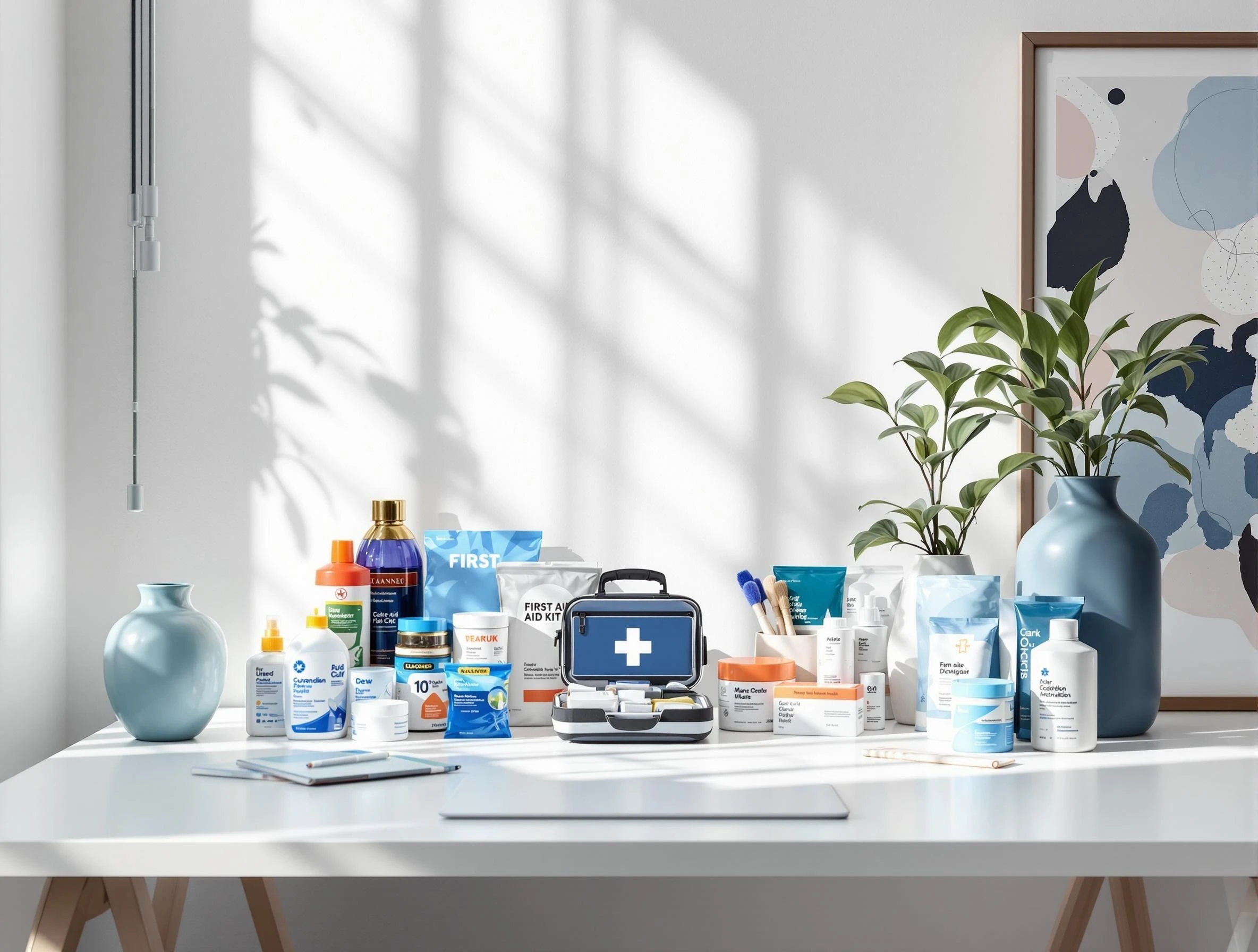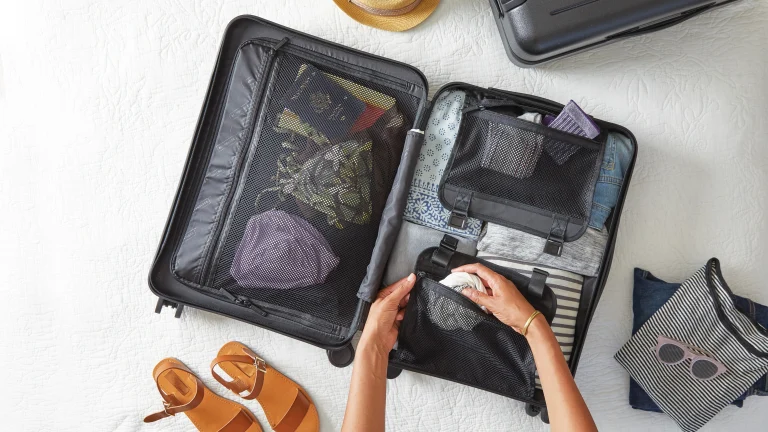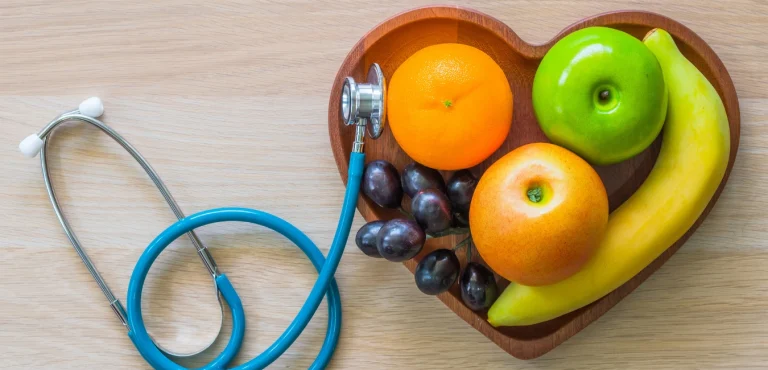Home First Aid Guide: Treatment of Common Household Injuries
Home Treatment of Common Household Injuries: A Complete Guide to First Aid and Safety
According to Statistics Canada, over 3 million Canadians experience injuries at home each year, with falls and burns being among the most frequent incidents. Understanding proper first aid can make a significant difference in injury outcomes and recovery times.
The first few minutes after an injury are often crucial. Basic first aid knowledge helps families respond effectively while determining whether professional medical care is needed. This guide covers essential home injury treatment principles following current Canadian first aid guidelines.
Key principles of home injury treatment include:
- Assessing the situation safely
- Providing appropriate immediate care
- Knowing when to seek emergency medical attention
- Preventing further harm or complications
Having basic first aid supplies and knowledge readily available can help manage common injuries like:
- Minor cuts and scrapes
- Burns
- Sprains and strains
- Simple bruises
- Minor allergic reactions
While many household injuries can be treated at home, it’s important to recognize situations requiring professional medical attention. The Ontario Poison Centre reports that approximately 50% of poison exposure cases involve children under six years old, highlighting the importance of both prevention and proper response.
This guide will help you prepare for and respond to common household injuries while understanding when to contact healthcare providers or emergency services.
Understanding Household Injuries and First Aid Basics
Household injuries are a significant public health concern in Canada, with Statistics Canada reporting that approximately 3 million Canadians experience an injury serious enough to limit their normal activities each year, with nearly half occurring at home.
Common Types of Household Injuries
The most frequent household injuries include cuts, burns, and sprains. Cuts typically occur in the kitchen while preparing food or handling sharp objects. Burns commonly result from hot liquids, stovetop contact, or heated surfaces. Sprains often happen due to falls on stairs or slippery surfaces.
Understanding Wound Classification
Wounds are classified into three main categories:
- Superficial: Affecting only the outer skin layer
- Partial-thickness: Extending into deeper skin layers
- Full-thickness: Involving all skin layers and possibly underlying tissue
The Healing Process
Skin healing follows a predictable pattern:
- Inflammation (0-3 days): Area becomes red and swollen
- Proliferation (3-21 days): New tissue forms
- Maturation (21 days-1 year): Scar tissue develops and strengthens
Impact of Initial Treatment
The first few minutes after an injury are crucial. Proper immediate care can:
- Reduce infection risk
- Minimize scarring
- Speed healing time
- Prevent complications
Conversely, improper initial treatment may lead to:
- Increased infection risk
- Delayed healing
- More pronounced scarring
- Potential chronic issues
When to Seek Medical Care
While many household injuries can be treated at home, certain signs warrant professional medical attention:
- Deep wounds requiring stitches
- Burns larger than a quarter
- Injuries showing signs of infection
- Sprains causing severe pain or limiting movement
According to the Canadian Institute for Health Information, proper first aid knowledge can reduce emergency department visits for minor injuries by up to 25%. Understanding basic wound care and knowing when to seek professional help enables better outcomes and more efficient use of healthcare resources.
Remember that while this guide provides general information, each injury is unique. When in doubt about an injury’s severity, consult with a healthcare provider for personalized assessment and treatment recommendations.
Risk Factors and Prevention: Home Safety Essentials
According to Statistics Canada, unintentional injuries at home account for nearly 40% of all injury-related emergency department visits. Understanding and addressing common household risks can significantly reduce these incidents.
Identifying Common Household Hazards
The most frequent sources of home injuries include:
- Slippery surfaces in bathrooms and kitchens
- Unstable furniture and fixtures
- Improperly stored medications and cleaning products
- Loose rugs and electrical cords
- Poor lighting in stairways and hallways
- Hot surfaces and liquids in cooking areas
Child Safety Considerations
Children under 5 are particularly vulnerable to household injuries. Key prevention strategies include:
- Installing safety gates at stairs
- Securing furniture to walls to prevent tipping
- Using cabinet locks for hazardous materials
- Covering electrical outlets
- Keeping small objects out of reach
- Maintaining constant supervision during bath time
Environmental Modifications
Simple changes can create a safer home environment:
- Install non-slip mats in bathrooms and high-traffic areas
- Ensure adequate lighting, especially in stairways
- Secure loose carpets and remove tripping hazards
- Maintain smoke and carbon monoxide detectors
- Keep emergency numbers visible and accessible
- Create clear pathways through rooms
Safe Storage Practices
Proper storage of dangerous items is crucial:
- Store medications in locked cabinets above child height
- Keep cleaning products in original containers
- Separate food items from cleaning supplies
- Store sharp objects in secured drawers
- Keep matches and lighters in secure locations
- Maintain proper chemical storage in garages
Essential Safety Equipment
Every home should maintain:
- Working smoke detectors on each floor
- Carbon monoxide detectors near sleeping areas
- First aid kits in accessible locations
- Fire extinguishers in kitchens
- Emergency contact lists
- Flashlights with fresh batteries
If an injury occurs, assess the severity and seek appropriate medical care. For serious injuries, call 911 immediately. For minor injuries, consult your family healthcare provider or visit a walk-in clinic if necessary. Remember that prevention through proper home safety measures is always preferable to treating injuries after they occur.
Management Strategies and Self-Care for Common Household Injuries
Proper Wound Cleaning and Treatment
Start by washing your hands thoroughly with soap and water. For minor cuts and scrapes:
- Rinse the wound with cool or lukewarm water
- Clean the area gently with mild soap
- Remove any visible debris with tweezers cleaned with alcohol
- Pat the area dry with a clean cloth
- Apply an antiseptic solution like hydrogen peroxide or betadine
Burn Care Guidelines
For minor burns (first-degree or small second-degree):
- Cool the burn under cool (not cold) running water for 10-20 minutes
- Do not apply ice, butter, or oils
- Cover loosely with a sterile gauze bandage
- Take over-the-counter pain medication if needed
Seek immediate medical attention for:
- Burns larger than your palm
- Burns on face, hands, feet, or joints
- Chemical or electrical burns
- Third-degree burns (affecting deeper layers)
Essential First Aid Supplies
Keep these items in an easily accessible location:
- Adhesive bandages in various sizes
- Sterile gauze pads and rolls
- Medical tape
- Scissors and tweezers
- Antiseptic wipes or solution
- Antibiotic ointment
- Pain relievers (acetaminophen/ibuprofen)
- Elastic bandages
- Disposable gloves
Proper Bandaging Techniques
For effective wound coverage:
- Ensure the wound and surrounding area are clean
- Apply antibiotic ointment if appropriate
- Place non-stick gauze directly on the wound
- Secure with medical tape or wrap with roller gauze
- Ensure bandaging is firm but not tight
- Change dressings daily or when soiled
Infection Prevention
Watch for signs of infection:
- Increased redness or warmth
- Swelling
- Pus or unusual discharge
- Fever
- Increasing pain
Prevention strategies:
- Keep wounds clean and dry
- Change bandages regularly
- Wash hands before wound care
- Use sterile supplies
- Keep tetanus vaccination current
Pain Management Approaches
Non-medication strategies:
- Elevation of injured area
- Cold therapy for first 48 hours
- Warm compresses after 48 hours
- Rest and limited movement
Over-the-counter options:
- Acetaminophen for pain relief
- Ibuprofen for both pain and inflammation
- Follow recommended dosing on packaging
When to Seek Medical Care
Visit a healthcare provider if you experience:
- Deep wounds requiring stitches
- Signs of infection
- Wounds that won’t heal
- Severe pain
- Animal or human bites
- Wounds with embedded objects
- Injuries from rusty objects if tetanus shot isn’t current
According to Canadian Red Cross data, proper first aid intervention can prevent up to 20% of emergency room visits for minor injuries. Keep emergency numbers readily available, including your local poison control center (1-800-268-9017 for Ontario) and your healthcare provider’s office.
Remember to review and replace first aid supplies regularly, checking expiration dates and restocking used items. For workplace settings, Ontario law requires first aid kits to meet specific WSIB guidelines.
When to Seek Professional Care
While many minor injuries can be safely treated at home, certain signs and symptoms require prompt medical attention. Here are the key situations that warrant professional evaluation:
Emergency Situations (Seek Immediate Care)
- Severe bleeding that doesn’t stop after 10-15 minutes of direct pressure
- Deep wounds that may need stitches (especially on face or joints)
- Signs of shock: pale skin, rapid breathing, weakness, confusion
- Injuries involving the head, neck, or spine
- Severe burns, particularly those larger than your palm
- Difficulty breathing or chest pain following an injury
Signs of Infection
Monitor wounds for:
- Increasing redness, warmth, or swelling
- Pus or cloudy drainage
- Fever above 38°C (100.4°F)
- Red streaks extending from the wound
- Increasing pain after 48 hours
Tetanus Considerations
According to Public Health Ontario, tetanus shots are recommended if:
- Your last booster was more than 5 years ago and you have a dirty wound
- Your last booster was more than 10 years ago for any wound
- You’re unsure of your vaccination status
Follow-up Care Guidelines
Schedule a clinic visit for:
- Wounds that aren’t healing after 5-7 days
- Persistent pain or limited movement
- Any animal or human bites
- Injuries affecting joint function
- Burns that blister or affect sensitive areas
Remember: When in doubt about an injury’s severity, it’s better to seek professional evaluation. Your family healthcare provider can assess the injury and recommend appropriate treatment options.
Conclusion
Being prepared for common household injuries through proper first aid knowledge and supplies is an essential part of maintaining a safe home environment. According to Statistics Canada, over 3 million Canadians experience household injuries annually, with proper first aid making a significant difference in outcomes.
Keep your first aid kit well-stocked and easily accessible, checking expiration dates every six months. Maintain working smoke detectors and carbon monoxide alarms, and ensure all family members know the location of emergency supplies and contact information. Regular family discussions about emergency procedures help everyone stay prepared.
For additional resources, consult St. John Ambulance Canada’s first aid training programs or download the official Canadian Red Cross First Aid app. Your family healthcare provider can also recommend specific preparations based on your household’s needs.
Remember: while home treatment is appropriate for minor injuries, always seek immediate medical care for serious conditions. Toronto’s emergency services are available 24/7 at 911, and Telehealth Ontario provides free medical advice at 1-866-797-0000.
Book Your Appointment Today – Less Wait Time, More Face Time
Visit www.careand.ca to register
Contact Information:
📞 Phone: +1-647-951-4770
📧 Email: helpdesk@careand.ca
🌐 Website: www.careand.ca
Disclaimer:
This article is for informational purposes only and does not constitute medical advice. Always consult with a qualified healthcare provider for personal medical guidance. The information provided is general in nature and may not apply to individual circumstances.







